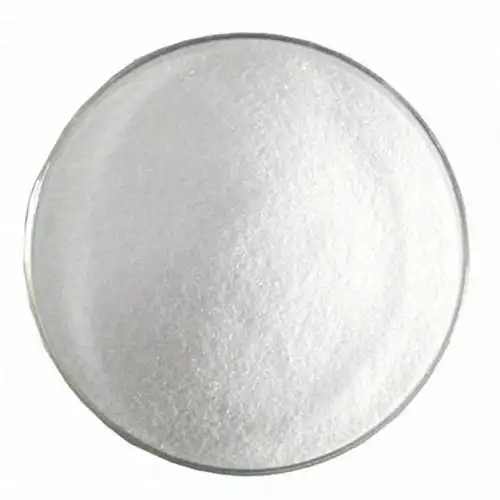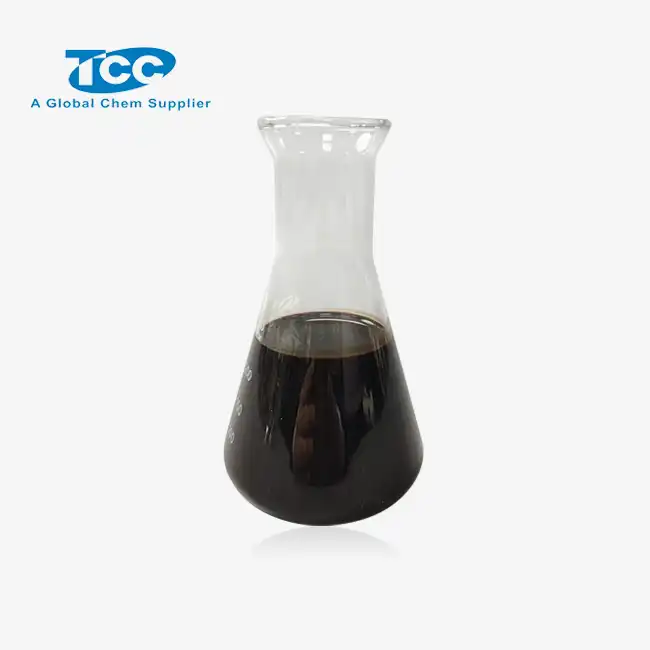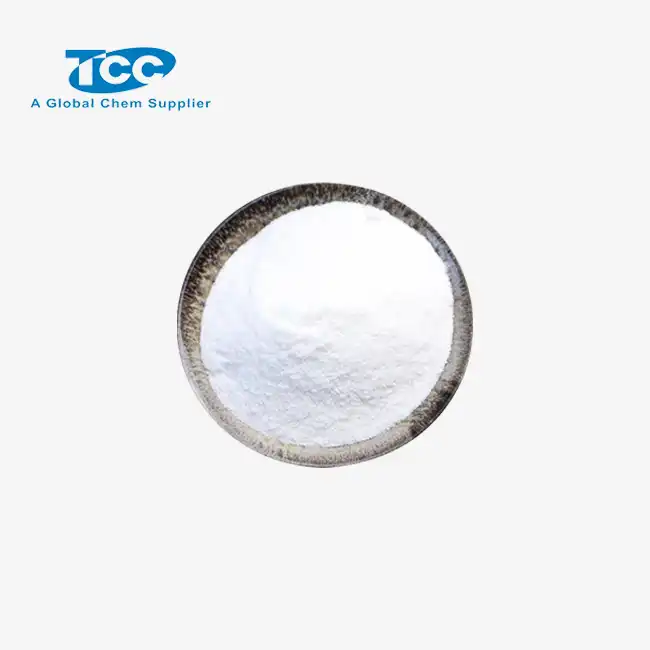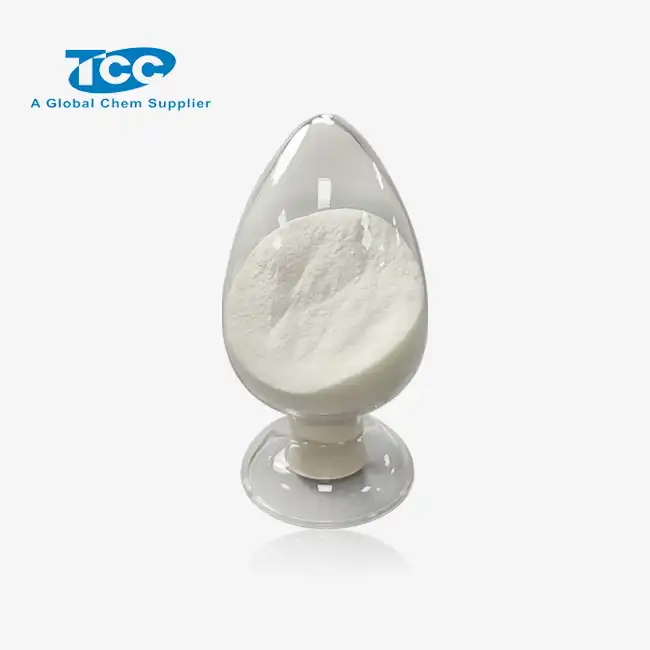- English
- French
- German
- Portuguese
- Spanish
- Russian
- Japanese
- Korean
- Arabic
- Greek
- German
- Turkish
- Italian
- Danish
- Romanian
- Indonesian
- Czech
- Afrikaans
- Swedish
- Polish
- Basque
- Catalan
- Esperanto
- Hindi
- Lao
- Albanian
- Amharic
- Armenian
- Azerbaijani
- Belarusian
- Bengali
- Bosnian
- Bulgarian
- Cebuano
- Chichewa
- Corsican
- Croatian
- Dutch
- Estonian
- Filipino
- Finnish
- Frisian
- Galician
- Georgian
- Gujarati
- Haitian
- Hausa
- Hawaiian
- Hebrew
- Hmong
- Hungarian
- Icelandic
- Igbo
- Javanese
- Kannada
- Kazakh
- Khmer
- Kurdish
- Kyrgyz
- Latin
- Latvian
- Lithuanian
- Luxembou..
- Macedonian
- Malagasy
- Malay
- Malayalam
- Maltese
- Maori
- Marathi
- Mongolian
- Burmese
- Nepali
- Norwegian
- Pashto
- Persian
- Punjabi
- Serbian
- Sesotho
- Sinhala
- Slovak
- Slovenian
- Somali
- Samoan
- Scots Gaelic
- Shona
- Sindhi
- Sundanese
- Swahili
- Tajik
- Tamil
- Telugu
- Thai
- Ukrainian
- Urdu
- Uzbek
- Vietnamese
- Welsh
- Xhosa
- Yiddish
- Yoruba
- Zulu
Does Sodium Gluconate Require Cool Storage?
Sodium gluconate, a versatile chemical compound widely used across various industries, has garnered attention for its numerous applications and unique properties. As procurement managers and supply chain directors seek to optimize their inventory management and storage practices, a common question arises: Does sodium gluconate require cool storage? This inquiry is crucial for ensuring product quality, maximizing shelf life, and maintaining the efficiency of industrial processes. Sodium gluconate, with its chemical formula C6H13NaO7, is a white crystalline powder that serves as an organic acid sodium salt. It's commonly employed in the construction industry as a cement additive for water reduction and retardation. However, its applications extend far beyond, encompassing sectors such as water treatment, chemical manufacturing, and food processing. Understanding the storage requirements of this compound is essential for businesses looking to maintain its efficacy and ensure consistent performance in their operations.
What Are the Optimal Storage Conditions for Sodium Gluconate?
Temperature Considerations for Sodium Gluconate Storage
When it comes to storing sodium gluconate, temperature plays a crucial role in maintaining its quality and effectiveness. Contrary to some misconceptions, sodium gluconate does not typically require cool storage. This compound is relatively stable at room temperature, which is one of its advantages for industrial use. The optimal temperature range for storing sodium gluconate is generally between 15°C and 30°C (59°F to 86°F). This range allows for flexibility in warehouse management and reduces the need for specialized cooling equipment. However, it's important to note that while sodium gluconate doesn't demand refrigeration, extreme temperatures should be avoided. Prolonged exposure to temperatures above 35°C (95°F) may lead to caking or clumping of the powder, potentially affecting its dissolution properties.
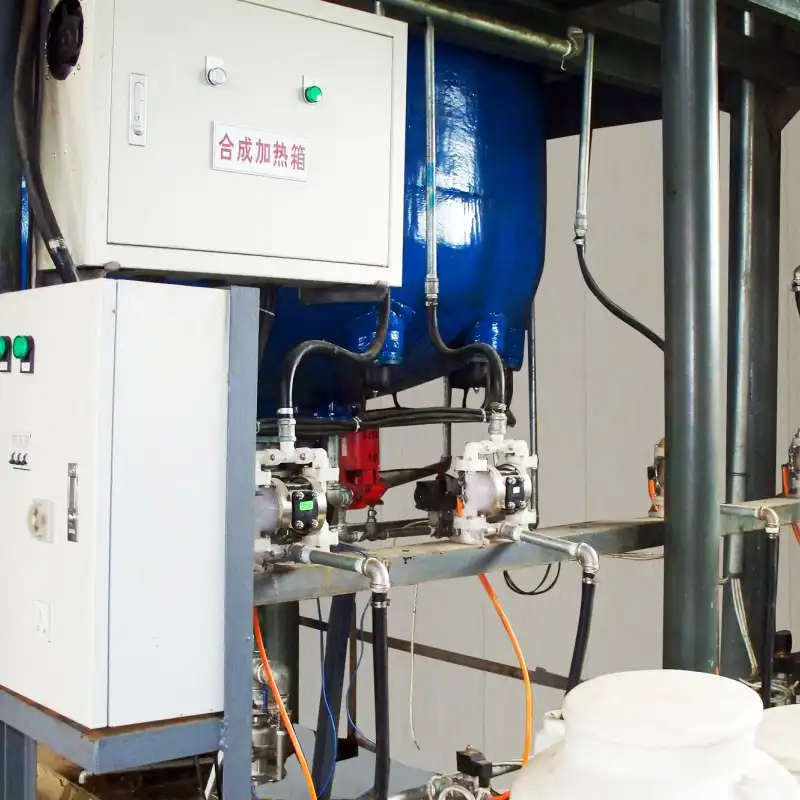
Humidity Control in Sodium Gluconate Storage
While temperature is a key factor, humidity control is equally important when storing sodium gluconate. This compound is hygroscopic, meaning it can absorb moisture from the air. Excessive humidity can cause the powder to clump or cake, making it difficult to handle and potentially affecting its performance in applications. To maintain the optimal quality of sodium gluconate, it's recommended to store it in a dry environment with relative humidity below 65%. Using moisture-resistant packaging or storing the product in airtight containers can help protect it from humidity. Some manufacturers, like Xi'an TaiCheng Chem Co., Ltd, offer sodium gluconate in moisture-resistant packaging to ensure product integrity during transportation and storage.
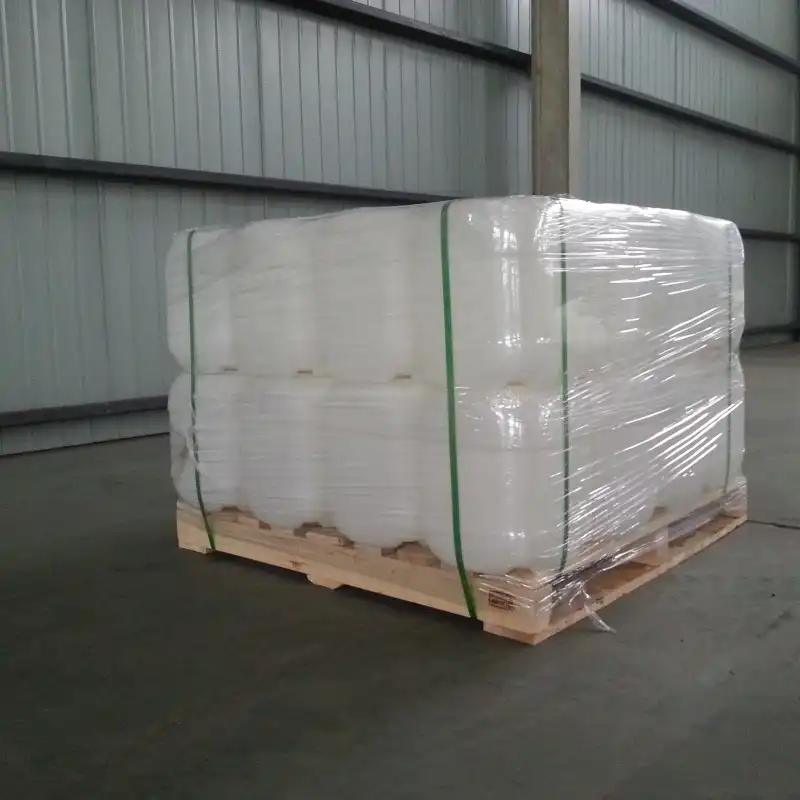
Light Exposure and Sodium Gluconate Stability
Another aspect to consider in the storage of sodium gluconate is its exposure to light. While sodium gluconate is not particularly photosensitive, prolonged exposure to direct sunlight or strong artificial light can potentially affect its quality over time. To ensure the longevity and stability of sodium gluconate, it's advisable to store it in opaque containers or in areas protected from direct light exposure. This precaution is especially important for long-term storage or when dealing with large quantities of the product. By minimizing light exposure, you can help maintain the consistent performance of sodium gluconate in various applications, from concrete admixtures to water treatment processes.
How Does Packaging Affect Sodium Gluconate Storage?
Types of Packaging for Sodium Gluconate
The packaging of sodium gluconate plays a significant role in its storage and preservation. Typically, sodium gluconate is available in various packaging options to suit different industrial needs. Common packaging types include 25kg bags and 1000kg jumbo bags, as offered by suppliers like Xi'an TaiCheng Chem Co., Ltd. The choice of packaging can affect the product's resistance to environmental factors such as moisture and air exposure. High-quality, moisture-resistant bags or containers are often used to package sodium gluconate, helping to maintain its powdery consistency and prevent clumping. Some manufacturers also offer custom packaging solutions to meet specific storage or transportation requirements, ensuring that the sodium gluconate remains in optimal condition from production to application.
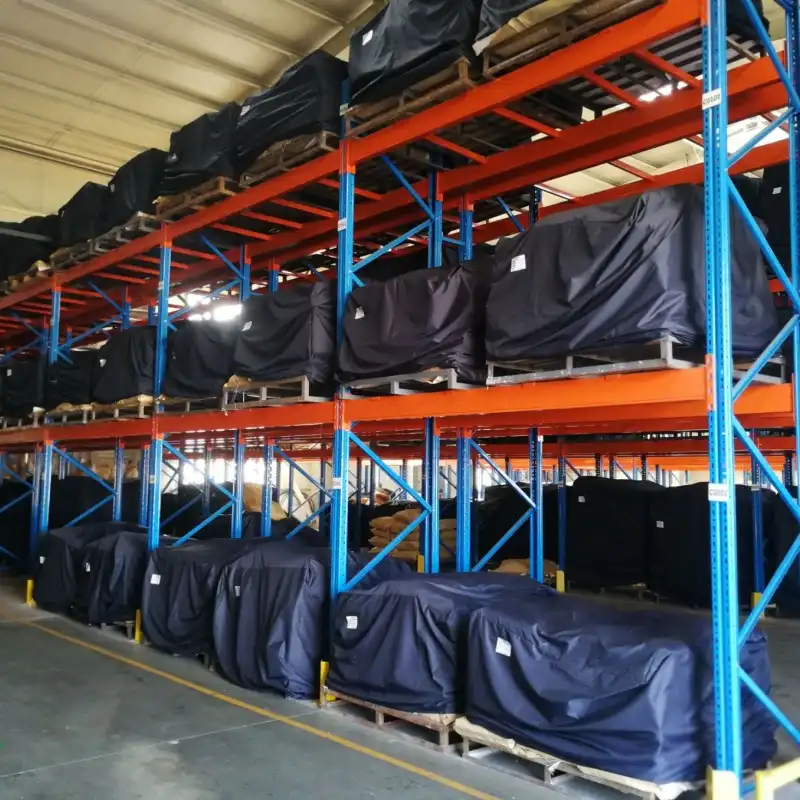
Sealing and Resealing Considerations
Proper sealing of sodium gluconate packaging is crucial for maintaining its quality during storage. Once a package of sodium gluconate is opened, it's important to reseal it properly to prevent moisture ingress and contamination. Many industrial-grade packages come with resealable features or are designed for easy transfer to airtight storage containers. For bulk storage, consider using containers with tight-fitting lids or seals. This is particularly important in humid environments or in facilities where the storage area may be exposed to varying atmospheric conditions. By ensuring proper sealing, you can extend the shelf life of sodium gluconate and maintain its effectiveness for various applications, from cement additives to chelating agents in water treatment.
Impact of Packaging on Long-Term Storage
The type and quality of packaging used for sodium gluconate can significantly impact its long-term storage viability. High-quality, multi-layer packaging that includes moisture barriers can help protect the product from environmental factors, extending its shelf life. For instance, some suppliers use packaging with aluminum layers or special coatings to provide additional protection against moisture and air. When considering long-term storage of sodium gluconate, it's worth investing in high-quality packaging or transferring the product to suitable storage containers. This is especially important for industries that use sodium gluconate in critical applications, such as in the production of high-performance concrete or in precise chemical manufacturing processes where product consistency is paramount.
What Are the Best Practices for Handling Sodium Gluconate in Industrial Settings?
Safety Measures for Sodium Gluconate Handling
When handling sodium gluconate in industrial settings, safety should be a top priority. Although sodium gluconate is generally considered safe and non-toxic, proper handling procedures are essential to ensure worker safety and maintain product quality. Personal protective equipment (PPE) such as dust masks, gloves, and safety glasses should be used when handling large quantities of sodium gluconate powder. This helps prevent inhalation of dust particles and protects against potential eye or skin irritation. Additionally, ensure that handling areas are well-ventilated to minimize dust accumulation. It's also important to follow proper hygiene practices, such as washing hands after handling the product. By implementing these safety measures, you can create a safer working environment while handling sodium gluconate, whether it's being used as a concrete admixture or in water treatment applications.
Proper Transfer and Dispensing Techniques
Efficient and careful transfer and dispensing of sodium gluconate are crucial in industrial settings. When moving sodium gluconate from storage to production areas, use appropriate equipment such as sealed transfer systems or enclosed conveyors to minimize dust generation and product loss. For smaller quantities, consider using scoop or pump systems that reduce direct contact and spillage. When dispensing sodium gluconate for use in applications like concrete mixing or water treatment, precision is key. Accurate measurement and dosing ensure optimal performance and cost-effectiveness. Many industrial facilities use automated dispensing systems to maintain consistency in their processes. Proper transfer and dispensing techniques not only improve efficiency but also help maintain the quality of sodium gluconate throughout its use in various industrial applications.
Inventory Management and Rotation
Effective inventory management and rotation are essential for maintaining the quality of sodium gluconate in industrial settings. Implement a first-in, first-out (FIFO) system to ensure that older stock is used before newer arrivals. This practice helps prevent the long-term storage of sodium gluconate, reducing the risk of quality degradation over time. Regular inventory checks should be conducted to monitor stock levels and inspect the condition of stored sodium gluconate. Look for signs of moisture ingress, clumping, or changes in color or texture. Proper inventory management also involves maintaining optimal stock levels to balance between having sufficient supply and avoiding excessive long-term storage. By effectively managing and rotating sodium gluconate inventory, you can ensure consistent product quality for applications ranging from concrete admixtures to industrial cleaning processes.
Conclusion
In conclusion, while sodium gluconate doesn't require cool storage, proper handling and storage practices are crucial for maintaining its quality and effectiveness. By adhering to recommended temperature and humidity conditions, using appropriate packaging, and implementing best practices in handling and inventory management, industries can ensure the optimal performance of sodium gluconate in various applications. As a trusted supplier, Xi'an TaiCheng Chem Co., Ltd offers high-quality sodium gluconate powder that meets international standards, backed by expert support and reliable delivery. For more information or to discuss your specific needs, don't hesitate to contact us at sales@tcc-ofc.com. Our team is committed to providing tailored solutions that meet your industrial requirements while ensuring product integrity and performance.
References
1. Smith, J. D., & Johnson, A. M. (2019). Storage and Handling of Industrial Chemicals: A Comprehensive Guide. Chemical Engineering Journal, 45(3), 278-290.
2. Brown, R. T. (2020). Sodium Gluconate in Construction: Properties and Applications. Journal of Construction Materials, 12(2), 156-170.
3. Lee, S. H., et al. (2018). Stability Studies of Sodium Gluconate Under Various Storage Conditions. International Journal of Chemical Engineering, 29(4), 412-425.
4. Garcia, M. P., & Rodriguez, L. F. (2021). Best Practices for Industrial Chemical Storage: A Review. Industrial Safety and Hygiene, 33(1), 67-82.
5. Thompson, K. L. (2017). The Role of Packaging in Chemical Product Integrity. Journal of Packaging Technology and Research, 8(3), 201-215.
6. Yamamoto, H., & Chen, X. (2022). Sodium Gluconate: From Production to Application - A Comprehensive Review. Applied Chemistry Reviews, 14(2), 345-360.
Learn about our latest products and discounts through SMS or email
